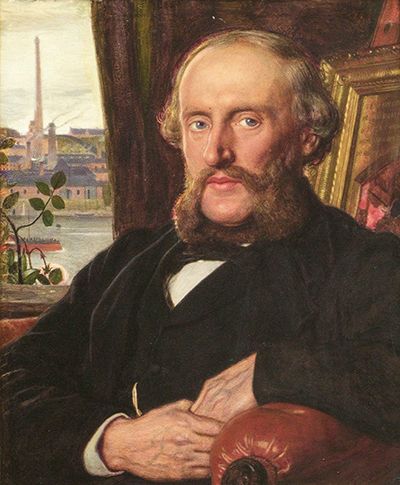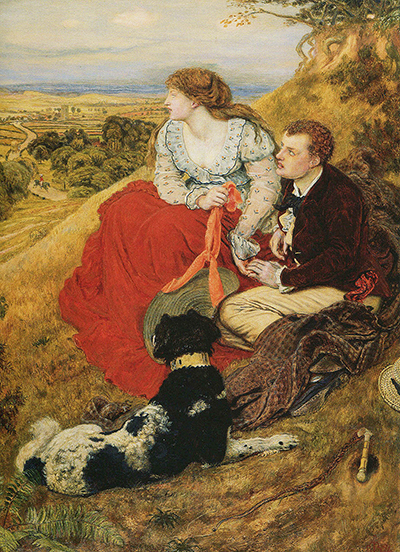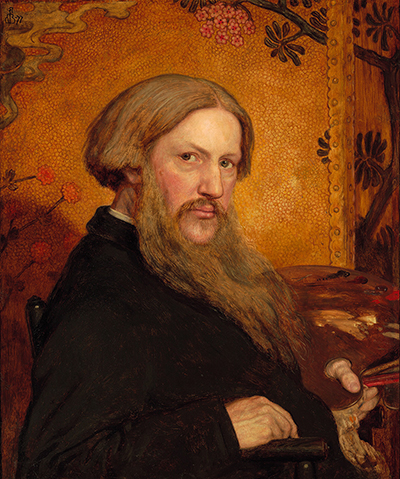The distinguished paintings of Ford Madox Brown combined the qualities of a number of different British artists to produce a unique and highly memorable career.
The artist was closely connected to the Pre-Raphaelite movement and much of his style shows a strong resemblance to this group, though he also drew in a large influence from William Hogarth, someone whose approach was considerably different to names such as Waterhouse, Holman Hunt and Morris. He promoted political views through printed engravings and was one of the first satirical artists in the world. He used large numbers of figures in some of his artworks which reminds us of some of Brown's most famous paintings, such as his two versions of Work. This combination of influences has given a charming and uplifting oeuvre which attracts those who are interested in seeing the variations with the Pre-Raphaelite movement.
British art is decorated with the names of those who produced exceptional careers but whose reputation has never quite reached the heights of the spearheads of this region, such as Turner, Constable and Millais. Those more knowledgeable on key British art movements, such as the Pre-Raphaelites plus the local contributors to the wider Romanticist movement, will be well aware of these names that sit more on the fringes of fame. History also has told us that these positions can change over time, where an artist may suddenly rise in popularity many centuries later when previously they were overshadowed by others. One can use William Blake as an example, whose career was relatively unknown during his own lifetime, or even, further afield, the paintings of Van Gogh, which never sold whilst he was alive.
Artist Ford Madox Brown commented on society in much of his work. This is entirely common throughout many different European art movements. He, therefore, produced many figurative artworks and would have practiced this complicated genre again and again in order to achieve the level that he managed. Even the finest Renaissance artists would produce endless numbers of study drawings in order to reach such extraordinary levels of accuracy with their anatomical work. That said, the other elements of his paintings were also treated with great regard and all of his canvases are decorated with the most extraordinary detail. Other examples displayed in this page also show off the artist's skills in landscape painting, too, and he would often combine figurative and landscape painting together, just as found in the work of artists like Friedrich and Gainsborough, albeit in very different ways.
The Brown family travelled around Northern Europe for many years and this allowed other influences into the artist's career. He would study the work of Hans Holbein, for example, who succeeded in the UK but whom he discovered in Holbein's native Germany. Brown was actually born in France and also later lived in Belgium and so was well connected with artists outside of his British boundaries. Many of the finest artists have been open to plenty of different influences, the more and the wider, the better. In all, the paintings of Ford Madox Brown offers academics an exciting blend of the technical qualities of the Pre-Raphaelite Brotherhood but with the thoughtful and moral depictions of Hogarthian times. Below is a display of his most famous artworks, in all their glory.



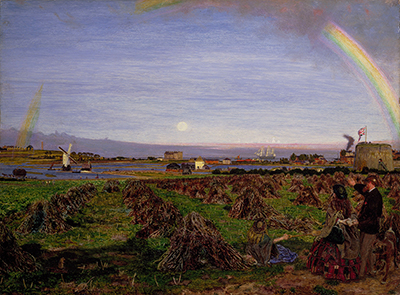
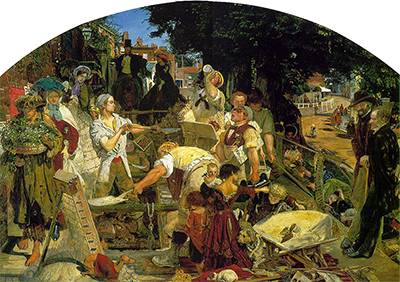

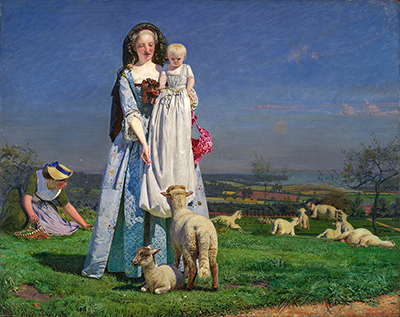
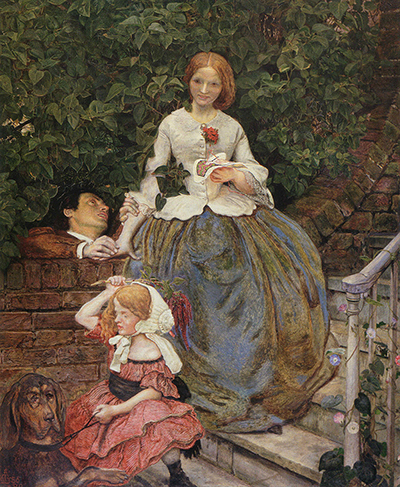
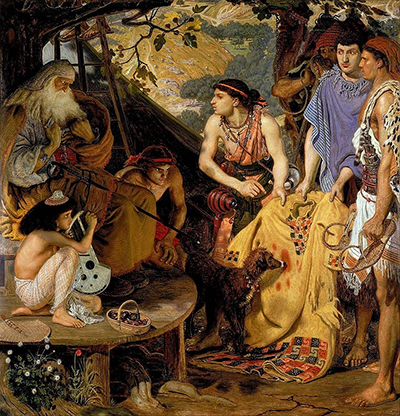
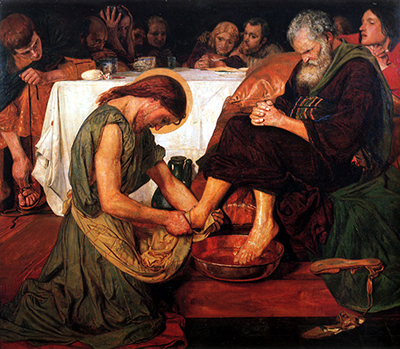
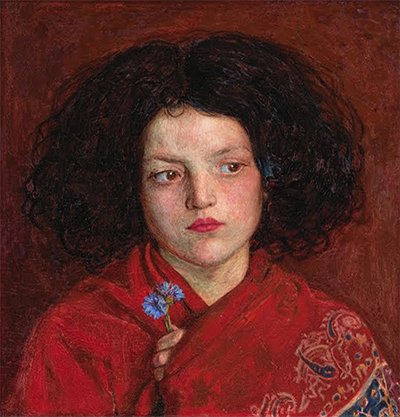

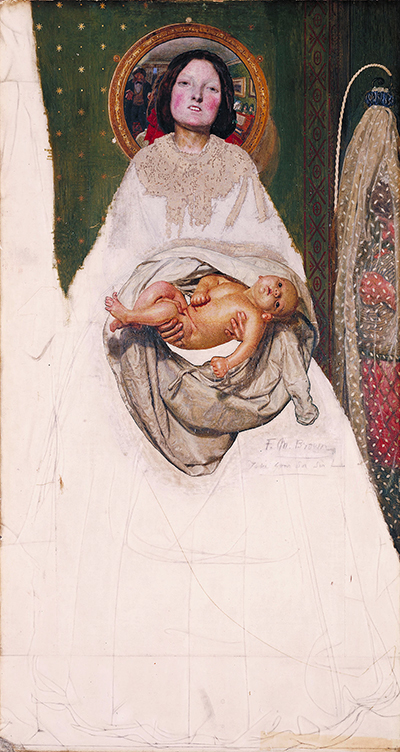
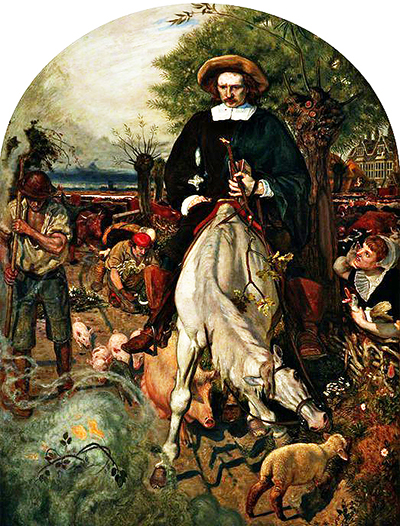


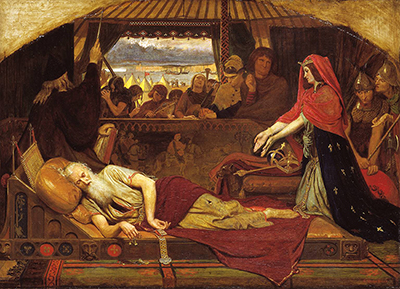
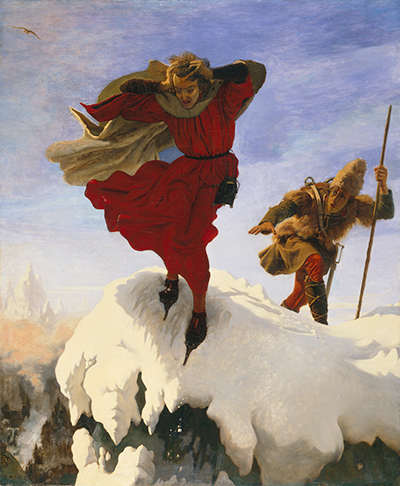



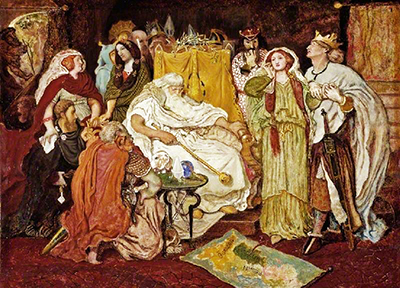
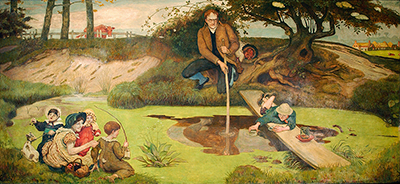
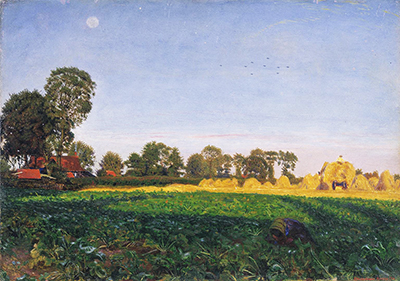
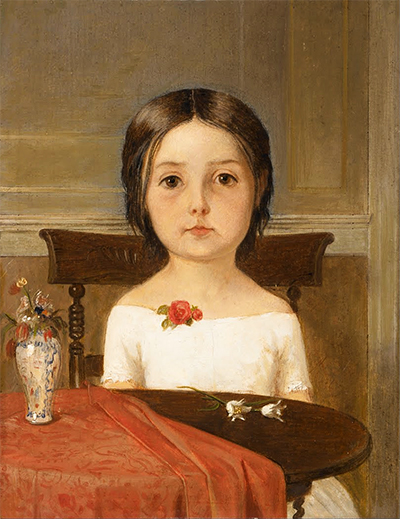
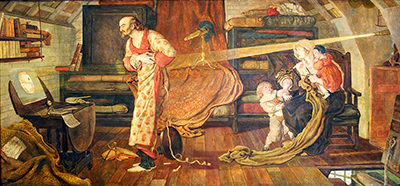
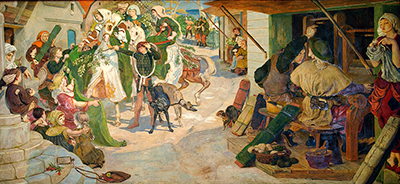


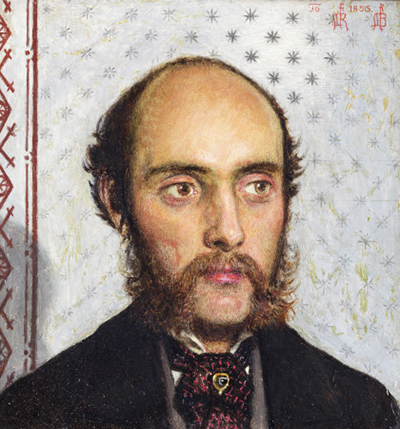

 Ford Madox Brown.jpg)
 Ford Madox Brown.jpg)
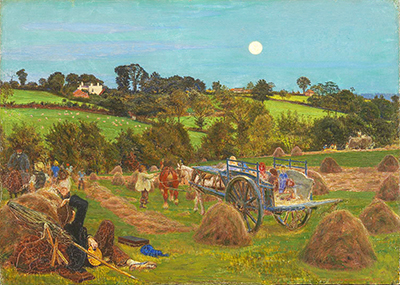
 King of Northumbria and Deira Ford Madox Brown.jpg)

